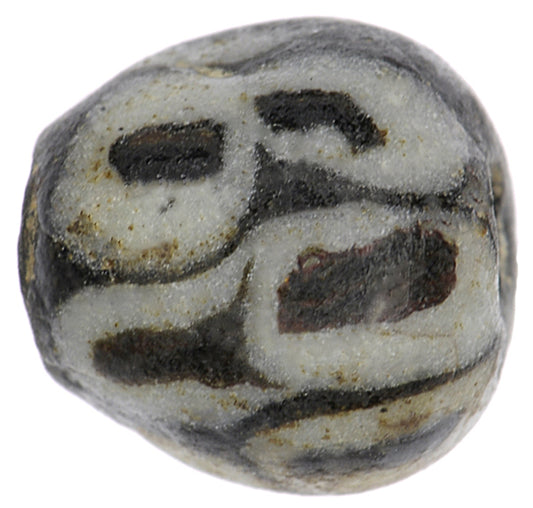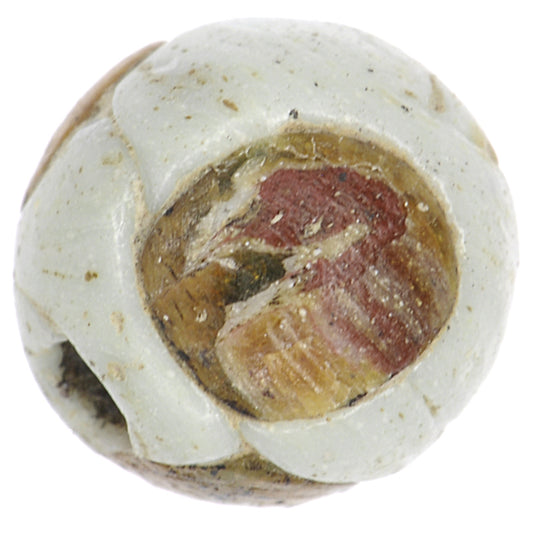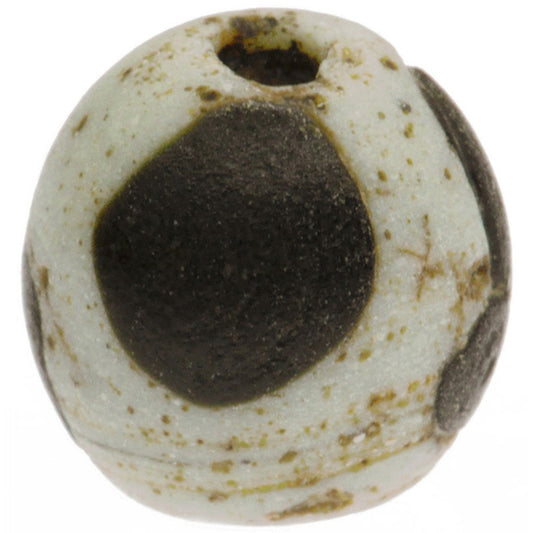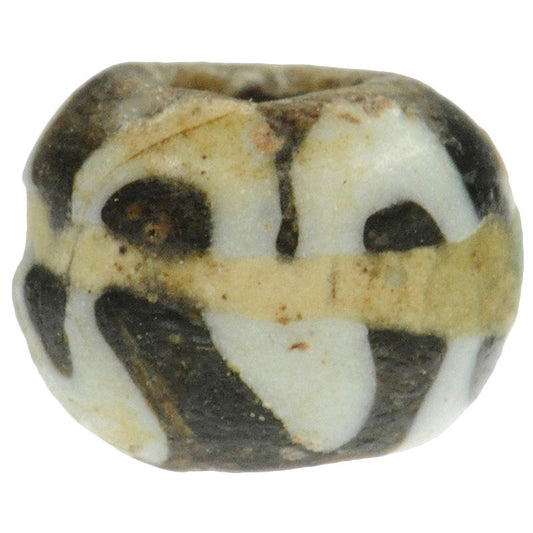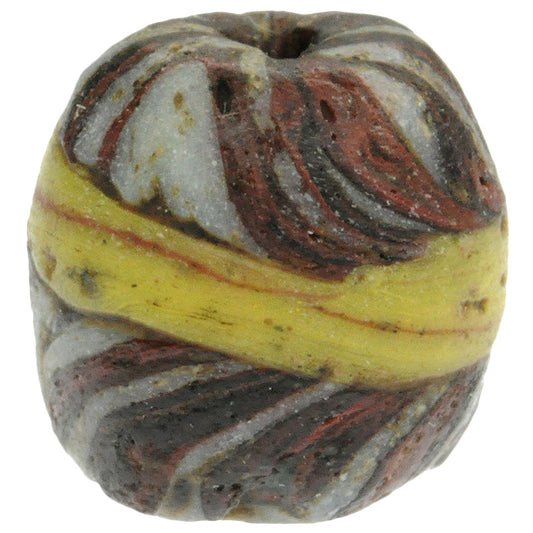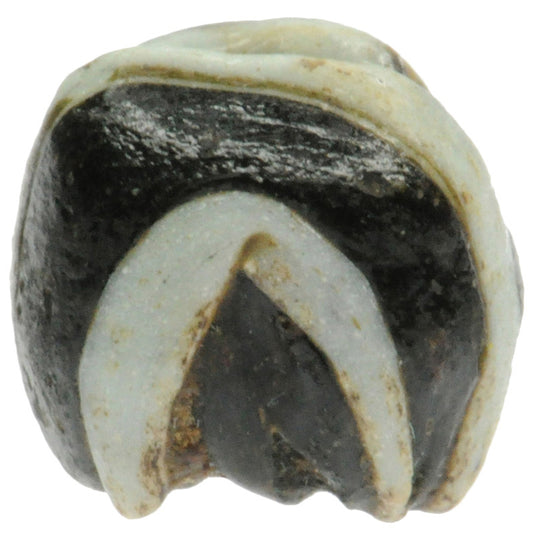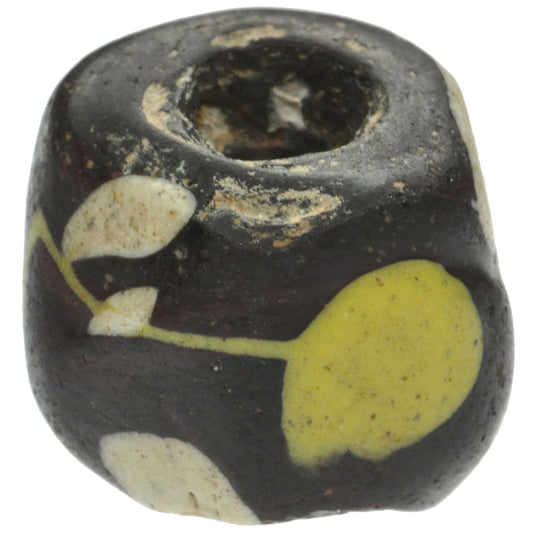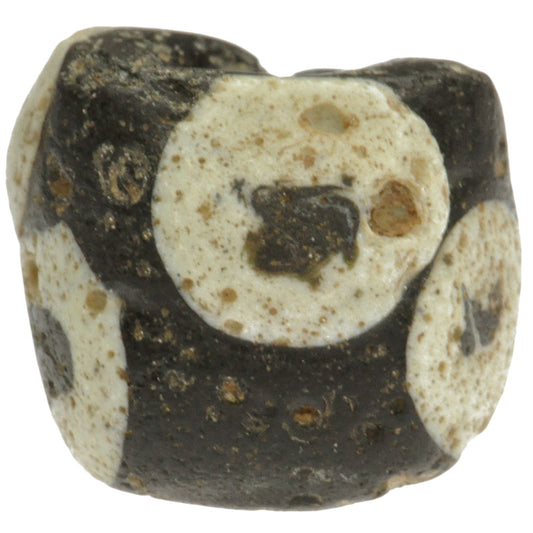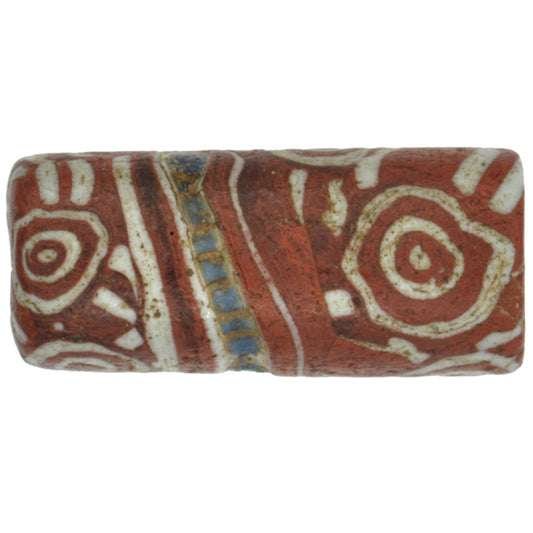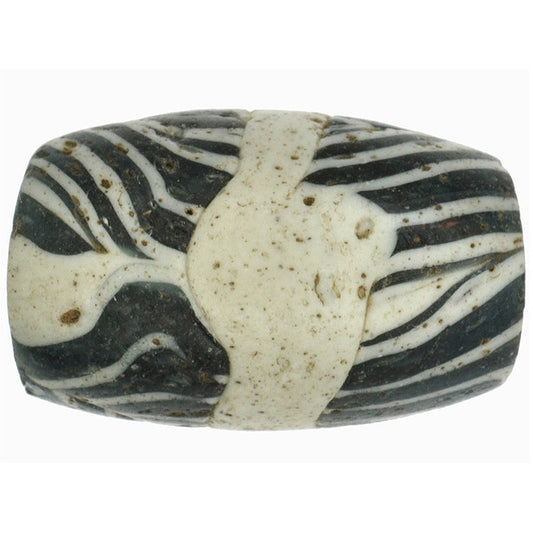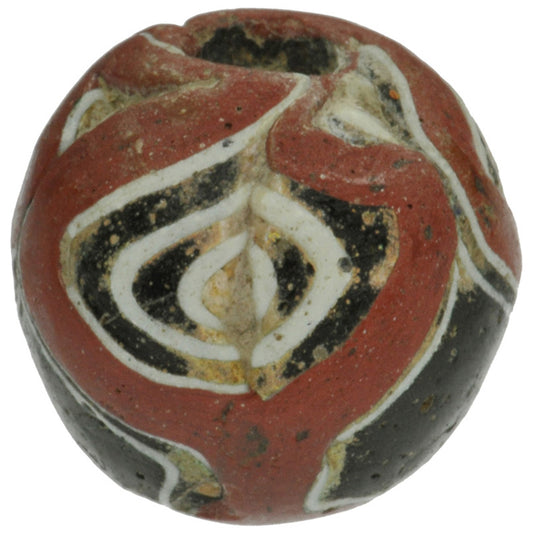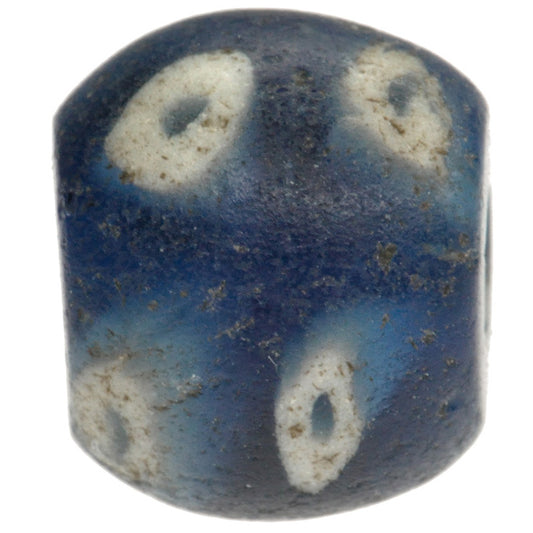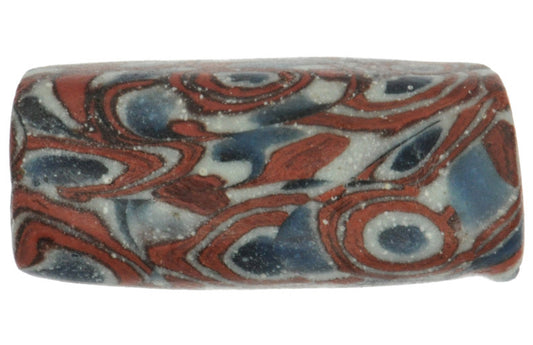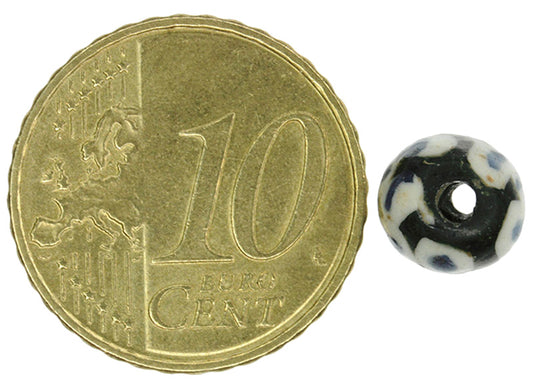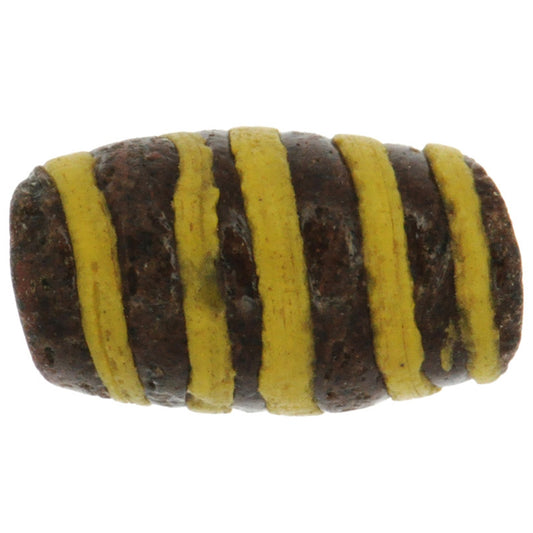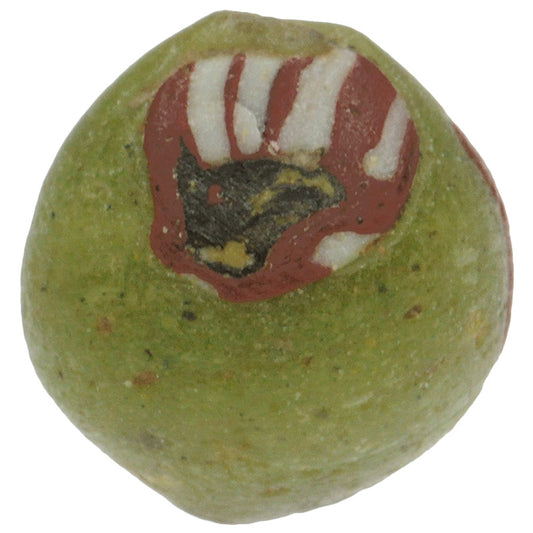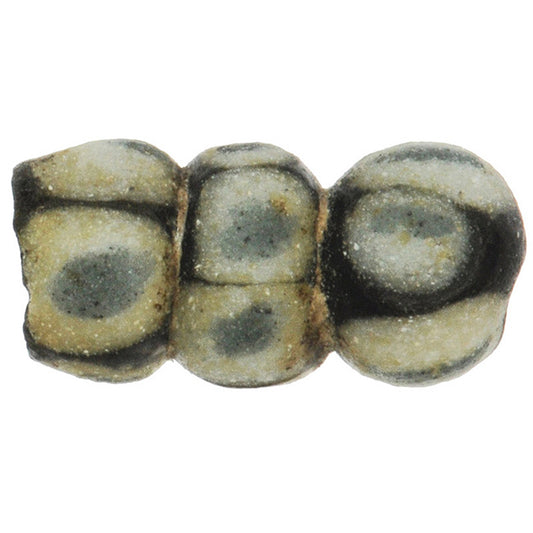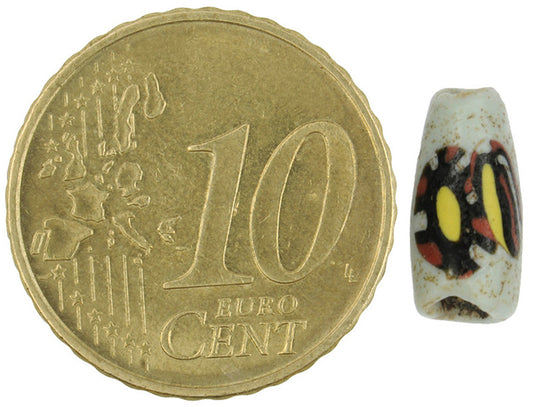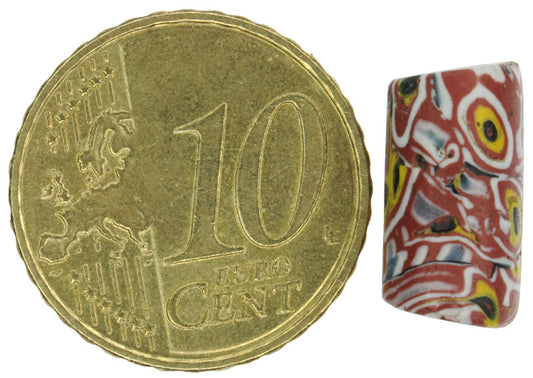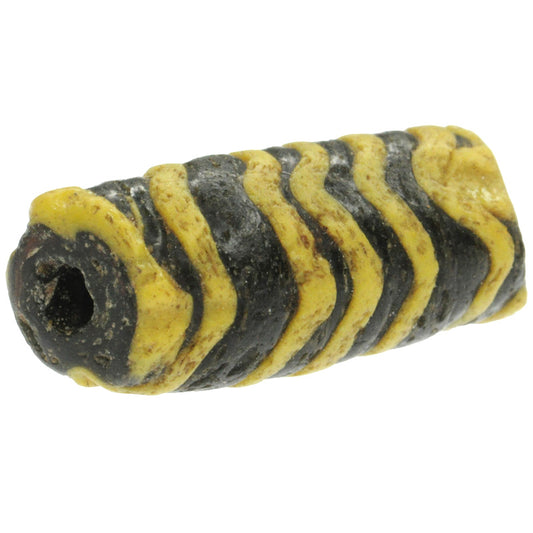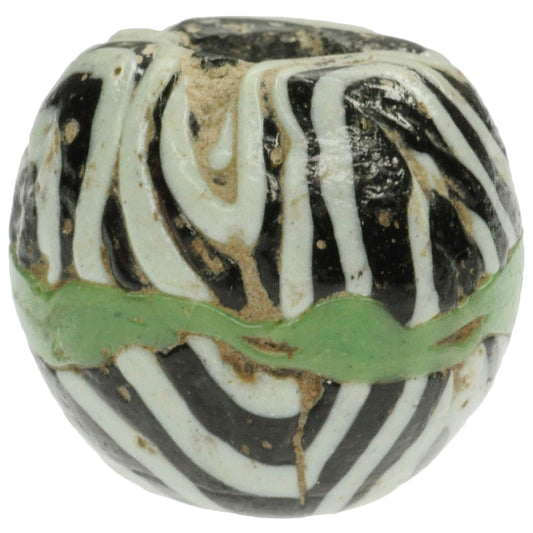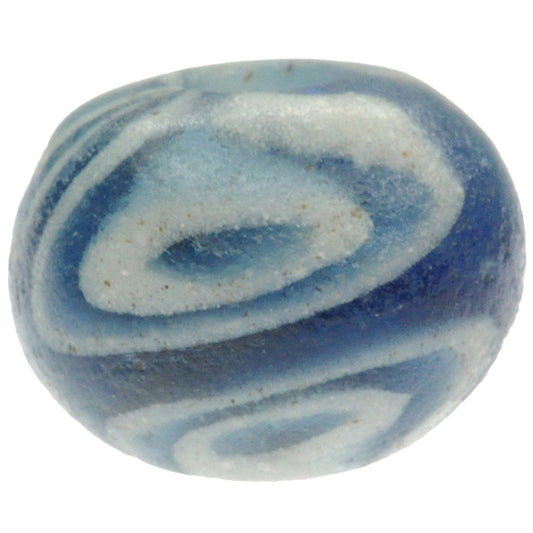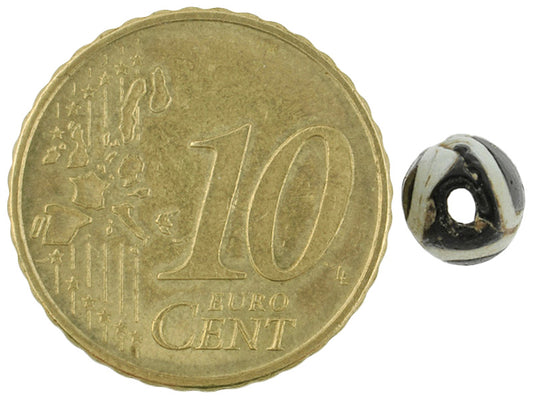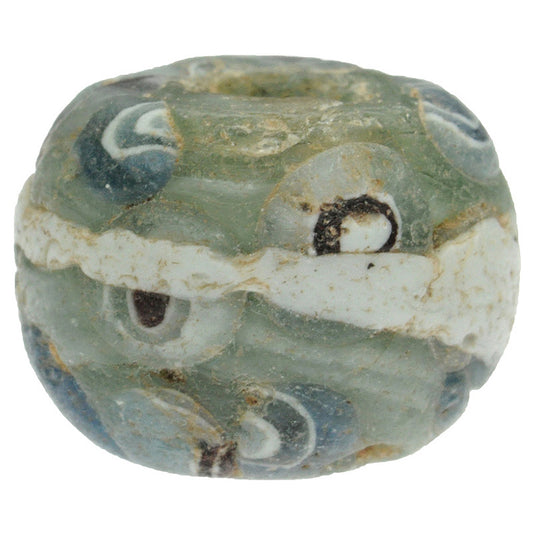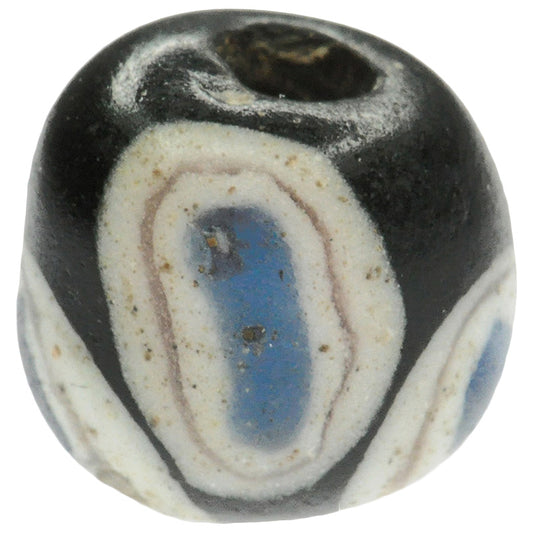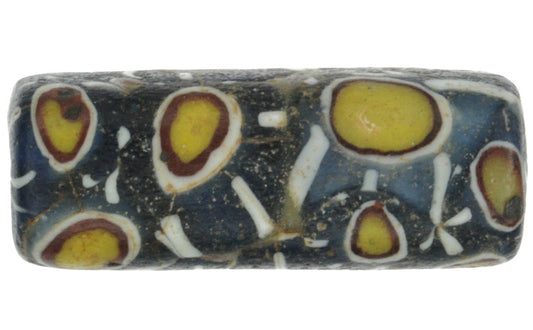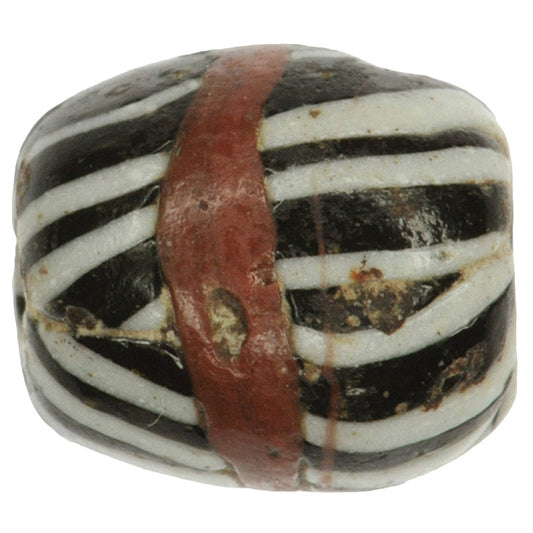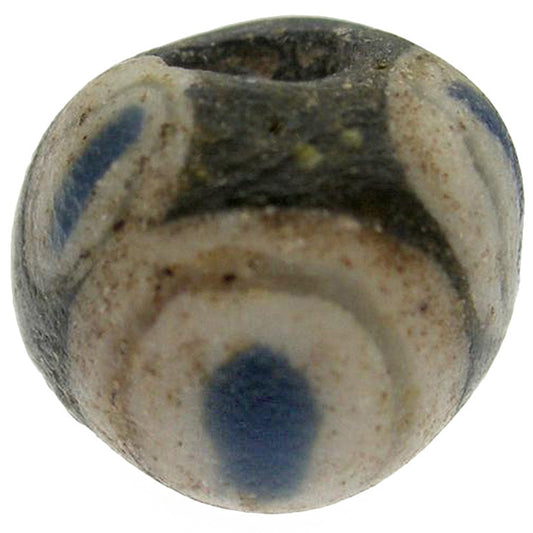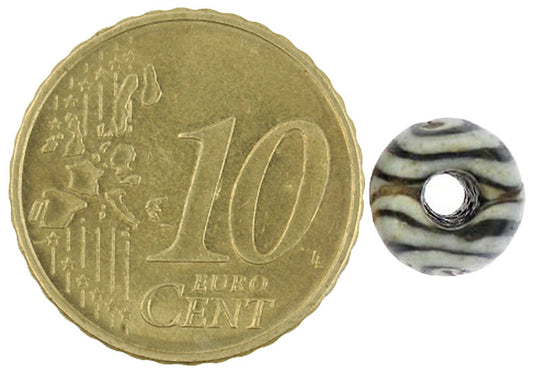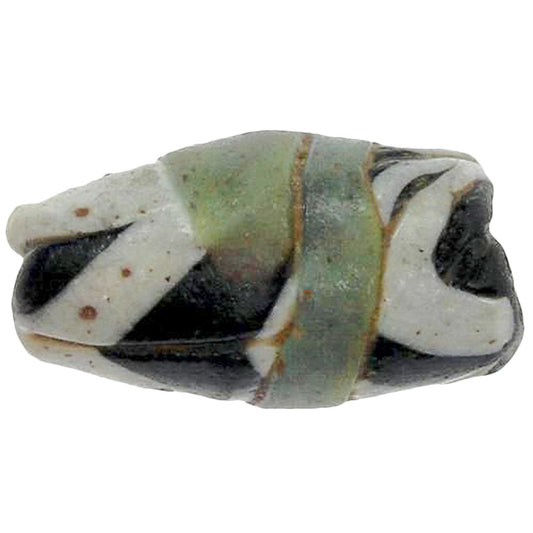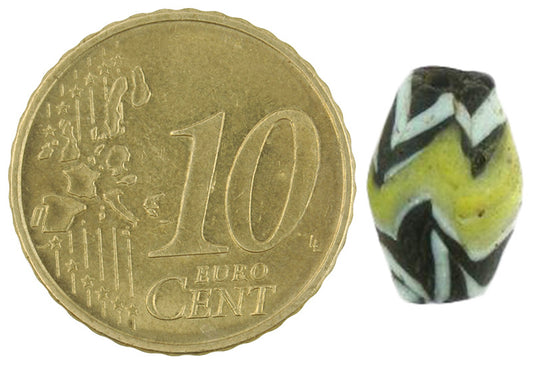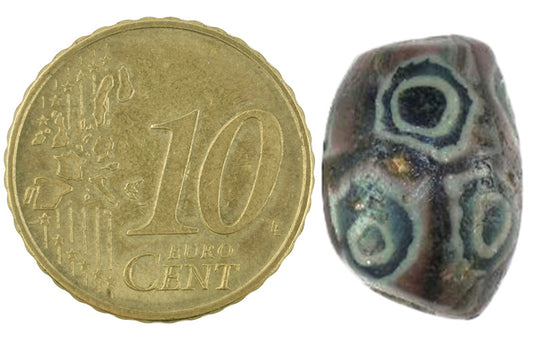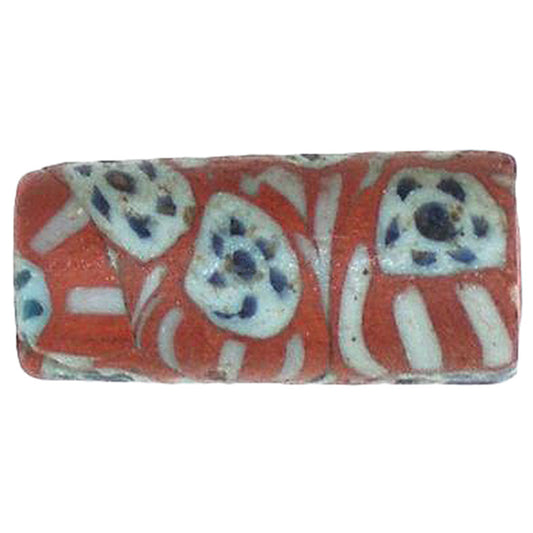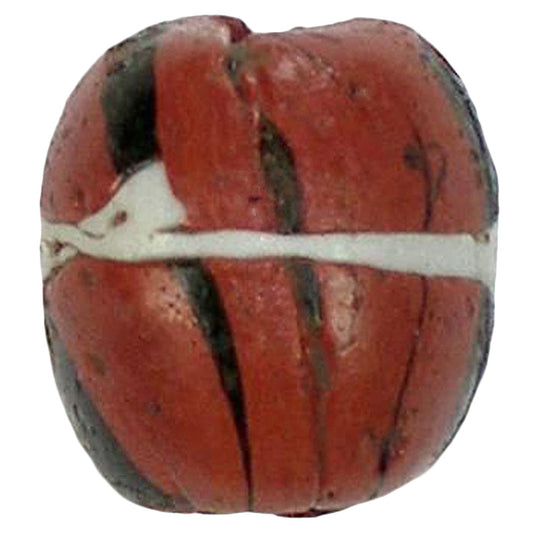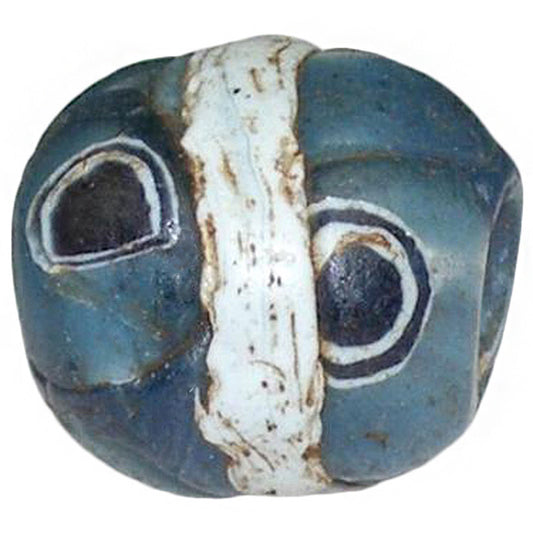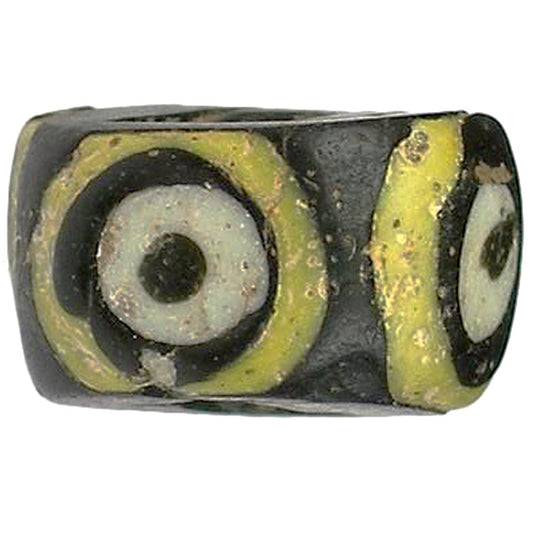Collection: Archives - Islamic Trade Beads
For the past 25 years, we have been deeply immersed in the world of bead trading, specializing in historical and culturally significant pieces. The photos in this archive showcase a blend of beads that we've had the honor of selling, as well as some cherished pieces from our personal collection.
Fustat Islamic beads are ancient glass beads believed to have originated in Fustat, the precursor to modern-day Cairo, Egypt, between the 8th to the 11th centuries. These beads are not merely ornamental; they are poignant reminders of ancient trade routes and cultural exchanges, especially between North Africa and West Africa.
Their presence in Mali paints a vivid picture of the robust trade that once spanned the Sahara, seamlessly connecting Mediterranean societies with those in Sub-Saharan Africa. This was not just a trade of goods but a profound exchange of ideas, art, and cultural traditions.
Skillfully crafted by the accomplished artisans of Fustat during those historic centuries, these Islamic period glass beads, adorned with intricate designs and vibrant hues, became highly coveted in various regions, including Mali. As the years passed, these glass beads found their way into the very fabric of local cultures, taking on both decorative and symbolic significances.
The Fustat beads unearthed in Mali serve as invaluable windows for historians and archaeologists, offering insights into the ancient trade dynamics, the diffusion of Islamic culture, and the intricate ties binding ancient African civilizations.
Please note: You are welcome to use any of the photographs on this website for your personal or commercial projects, as long as you credit us as the original source and provide a link back to our website.
-
Rare Islamic "Eye" Mosaic Glass Bead, Fustat Egypt
Regular price $0.00 USDRegular price -
Rare 13th Century Islamic Eye Glass Bead from Fustat, Egypt
Regular price $0.00 USDRegular price -
Rare Islamic Eye Bead from Fustat, 13th century Trade Bead
Regular price $0.00 USDRegular price -
Rare Banded Fustat Islamic Glass Trade Bead, 1100 - 1200 AD
Regular price $0.00 USDRegular price -
Rare Antique Islamic Banded Folded Glass Bead, Fustat 10X10MM
Regular price $0.00 USDRegular price -
Antique Black & White Folded Glass Bead - Fustat, 1200 AD
Regular price $0.00 USDRegular price -
Rare Antique Black Yellow & White Islamic "Eye" Glass Bead | Fustat
Regular price $0.00 USDRegular price -
Rare Black & White Eye Bead | Fustat Islamic Glass Bead
Regular price $0.00 USDRegular price -
Antique Islamic Mosaic Glass Trade Bead from Fustat, c.1200 AD
Regular price $0.00 USDRegular price -
Antique Islamic Banded Folded Glass Bead - Fustat Trade Bead
Regular price $0.00 USDRegular price -
Antique Large Islamic Folded Glass Trade Bead - Fustat, 1200 AD
Regular price $0.00 USDRegular price -
Rare Blue Islamic Mosaic Glass Bead - Fustat Egypt c.1200 AD
Regular price $0.00 USDRegular price -
Rare Rectangular Fustat Mosaic Bead | 12th Century Islamic Glass
Regular price $0.00 USDRegular price -
Rare Black, White & Blue Islamic Eye Bead from Fustat, 1200 AD
Regular price $0.00 USDRegular price -
Rare Brown & Yellow Antique Islamic Glass Trade Bead - Fustat 1200 AD
Regular price $0.00 USDRegular price -
Rare Green & Multi-Color Mosaic Bead | Fustat Egypt c.1200 AD
Regular price $0.00 USDRegular price -
Rare Islamic Fustat Eye Bead 1200 AD - Ancient Trade Relic
Regular price $0.00 USDRegular price -
Rare Antique Fustat Mosaic Glass Bead | 12mm Islamic Trade Bead
Regular price $0.00 USDRegular price -
Antique Islamic Period Mosaic Glass Bead - Blue, Yellow & White
Regular price $0.00 USDRegular price -
Rare Black & Yellow Fustat Islamic Glass Bead - 1200 AD
Regular price $0.00 USDRegular price -
Black & Green Islamic Banded Folded Glass Bead - 1100 AD
Regular price $0.00 USDRegular price -
Ancient Fustat Mosaic Glass Bead, 12th Century Islamic Bead
Regular price $0.00 USDRegular price -
Antique Islamic Folded Glass Trade Bead - 1200 AD | Rare Fustat Bead
Regular price $0.00 USDRegular price -
Old Islamic Mosaic Glass Bead 1200 AD - Fustat Banded Trade Bead
Regular price $0.00 USDRegular price -
Rare Islamic Mosaic Eye Bead - Fustat Trade Bead (1100 AD)
Regular price $0.00 USDRegular price -
Islamic Period Rectangular Mosaic Glass Bead - Fustat c.1200
Regular price $0.00 USDRegular price -
Antique Islamic Black, White & Red Folded Glass Trade Bead - Fustat
Regular price $0.00 USDRegular price -
Rare Antique Fustat Mosaic Glass Bead - 1200 AD, Small Size
Regular price $0.00 USDRegular price -
Rare 12th Century Islamic Folded Glass Bead - Fustat, Egypt
Regular price $0.00 USDRegular price -
Rare Islamic Folded Glass Trade Bead from Fustat 14X8mm
Regular price $0.00 USDRegular price -
Ancient Islamic Folded Glass Bead, Fustat Egypt
Regular price $0.00 USDRegular price -
Ancient Fustat Mosaic Bead - Rare Islamic Period Glass Bead
Regular price $0.00 USDRegular price -
Rare Antique Islamic Mosaic Glass Trade Bead | Fustat, Egypt 15X7mm
Regular price $0.00 USDRegular price -
Antique Islamic Banded Folded Glass Trade Bead
Regular price $0.00 USDRegular price -
Rare 12th Century Fustat Mosaic Glass Bead - Banded Islamic Bead
Regular price $0.00 USDRegular price -
Rare Islamic Period "Eye" Glass Trade Bead, Circa 1100 AD
Regular price $0.00 USDRegular price


